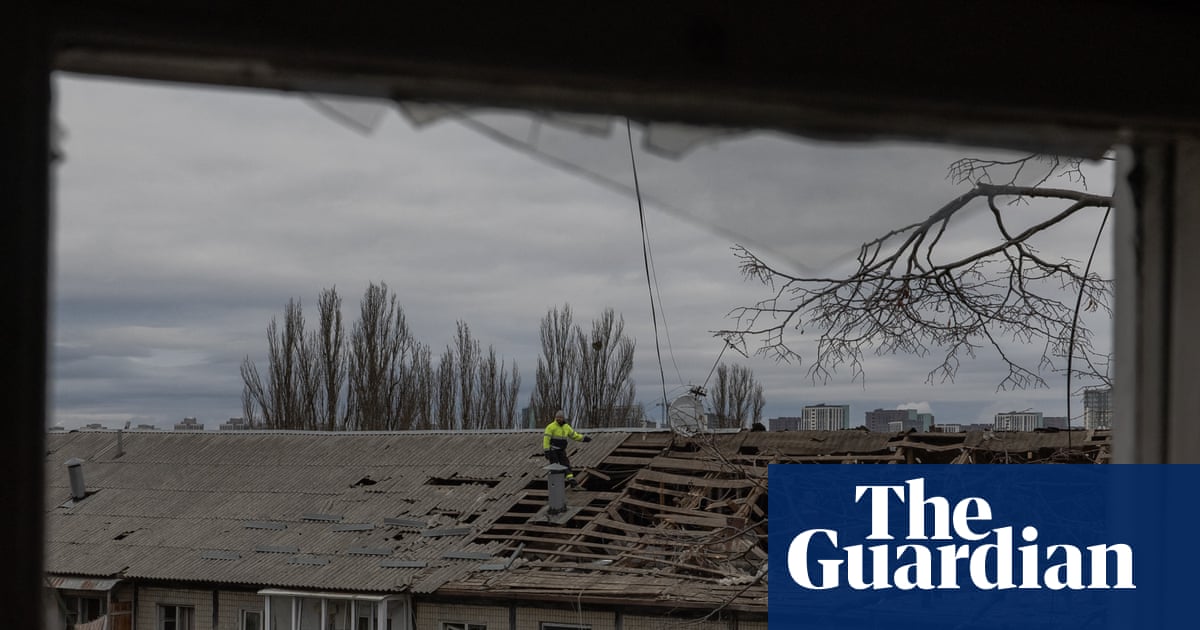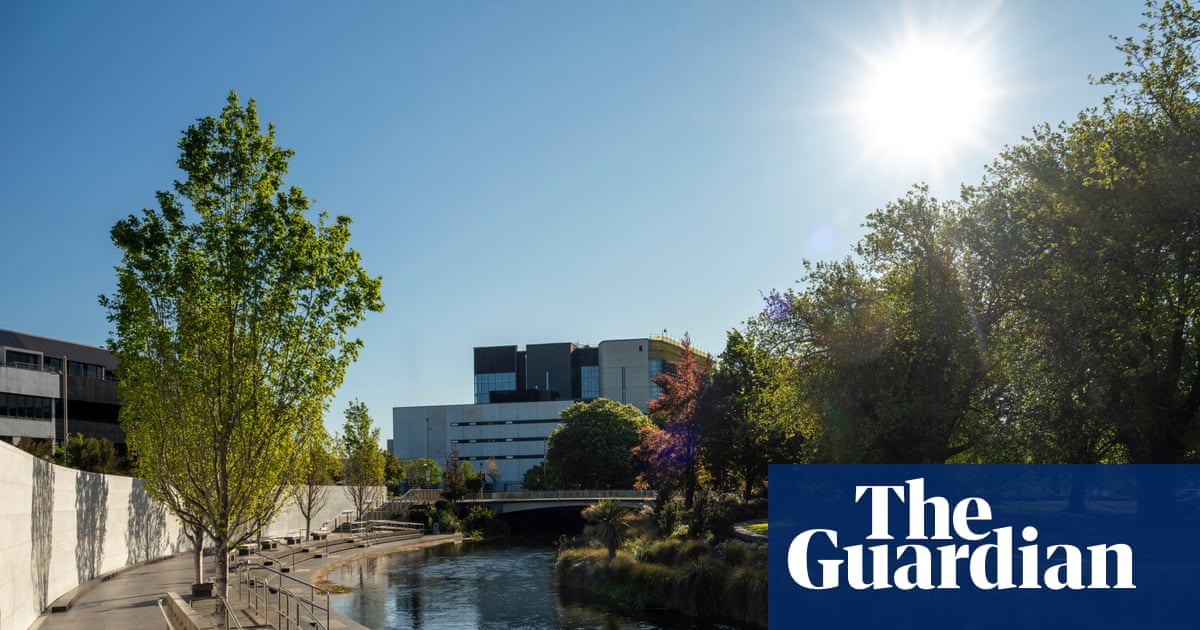There was a time when nothing in cinema was more frightening than a xenomorph. HR Giger’s nightmarish biomechanical hellspawn, dripping with fluids and Freudian discharge, was the gruesome, undisputed apex predator of movie monsters. It burst from your chest; it dissolved your face with acid; it splintered your ribcage like a piñata filled with blood and screams. It was unstoppable, unknowable, the kind of thing you’d expect to find at the bottom of your dishwasher after leaving it closed for 36 centuries.
The early films, 1979’s Alien and 1986’s Aliens, rarely steered too far away from the sense that these infernal creatures were the worst thing you could possibly encounter in the universe. Later on, in Ridley Scott’s ultimately rather pointless prequels, Prometheus and Alien: Covenant, the godlike Engineers and David the Android grasped the mantle of cosmic bogeyman with their inexplicably versatile vats of black goo – a substance that could apparently do everything from melt your DNA to grout your bathroom tiles. But this always felt like a temporary sleight of hand, the narrative equivalent of distracting the audience with a smoke bomb while the real villain sneaks in via the ventilation shafts.
The fascinating thing about Noah Hawley’s Alien: Earth (other than the fact it has completely ditched any alignment with those more recent films) is that it appears to have decided pretty early on that there’s a new boss villain in town, one that’s not quite so icky but infinitely more chilling: mankind.
Hawley’s show takes place in a world in which Earth itself – not the cosmos – has become the haunted house. Corporations don’t just run the economy, they own biology, technology, even consciousness. Pre-teen human minds are uploaded into artificial bodies called hybrids, augmented humans known as cyborgs jostle with androids (or “synths”) for freakish dominance of the food chain, cities are essentially company towns the size of continents, and democracy has gone the way of floppy disks. Thought LV-426 was a pant-wettingly apocalyptic space rock filled with boredom and death-spores? Wait until you see the motherland! For long-term fans of Alien, there’s always been a sense that space was the place where nobody could ever hear you scream – but it turns out that was probably because the shrieking, soul-flaying noise from Earth’s ghastly 22nd-century boardrooms was drowning everything else out.
The early movies certainly planted this seed – remember Ash calmly admiring the original xenomorph’s “purity”, or Burke cheerfully plotting to smuggle facehuggers home inside his colleagues’ ribcages? – but there’s something about Alien: Earth that takes this global smorgasbord of human treachery to a whole new level. In tht third episode, we’re given a fleeting glimpse of human warmth as Sydney Chandler’s Wendy rescues her wounded brother Joe – she used to be human, he still is, it’s complicated – from a xenomorph by neatly chopping its head off. But then rather than allowing us to enjoy this pretty weird moment of familial joy for five seconds, the show decides to have the hideous people at ghoulish tech-bro cult Prodigy surgically remove one of Joe’s lungs and use it to incubate the next generation of chestbursters.
In the grand scheme of things, this is like surviving a great white attack only to find the lifeguards carving out your kidneys for chum. But it shows us exactly why the real baddies in this saga come with quarterly reports stitched into human skin rather than acid for blood. As Hudson himself once muttered, “at least the aliens don’t screw each other over for a percentage”. In Alien: Earth, that’s exactly what everyone is doing.
And by the way, that grotesquely casual moment, in which the poor xeno is demoted to second scariest thing in the room, is a hell of a revelation for a saga that has spent the last half-century trying to convince us that nightmare bugs are the worst thing you could encounter outside the drainage sump of an abattoir in high summer. What once took Ripley a harpoon gun, plenty of thruster blast and an entire movie to kill is now just an inconvenient, second-string nuisance. But even if moments like these do rather leave the continuity wobbling – let’s not even mention the fact that a mass xenomorph outbreak in Alien: Earth (set in 2120) makes it rather surprising that everyone is so shocked to see them for the first time in 2122’s Alien and 2179’s Aliens - it’s easy to see why Hawley has chosen to tweak canon in order to show us that the real terror is biotech companies carving up humans for parts.
There are far scarier things on Earth than in space, and even if not all of them are exactly people, they’ve all been spawned from a hyper-capitalist human society that feels horribly familiar. In a world of dripping eggs, hissing queens, and shadows alive with twitching tails, it turns out that the real monster has been us all along.

 3 months ago
51
3 months ago
51

















































